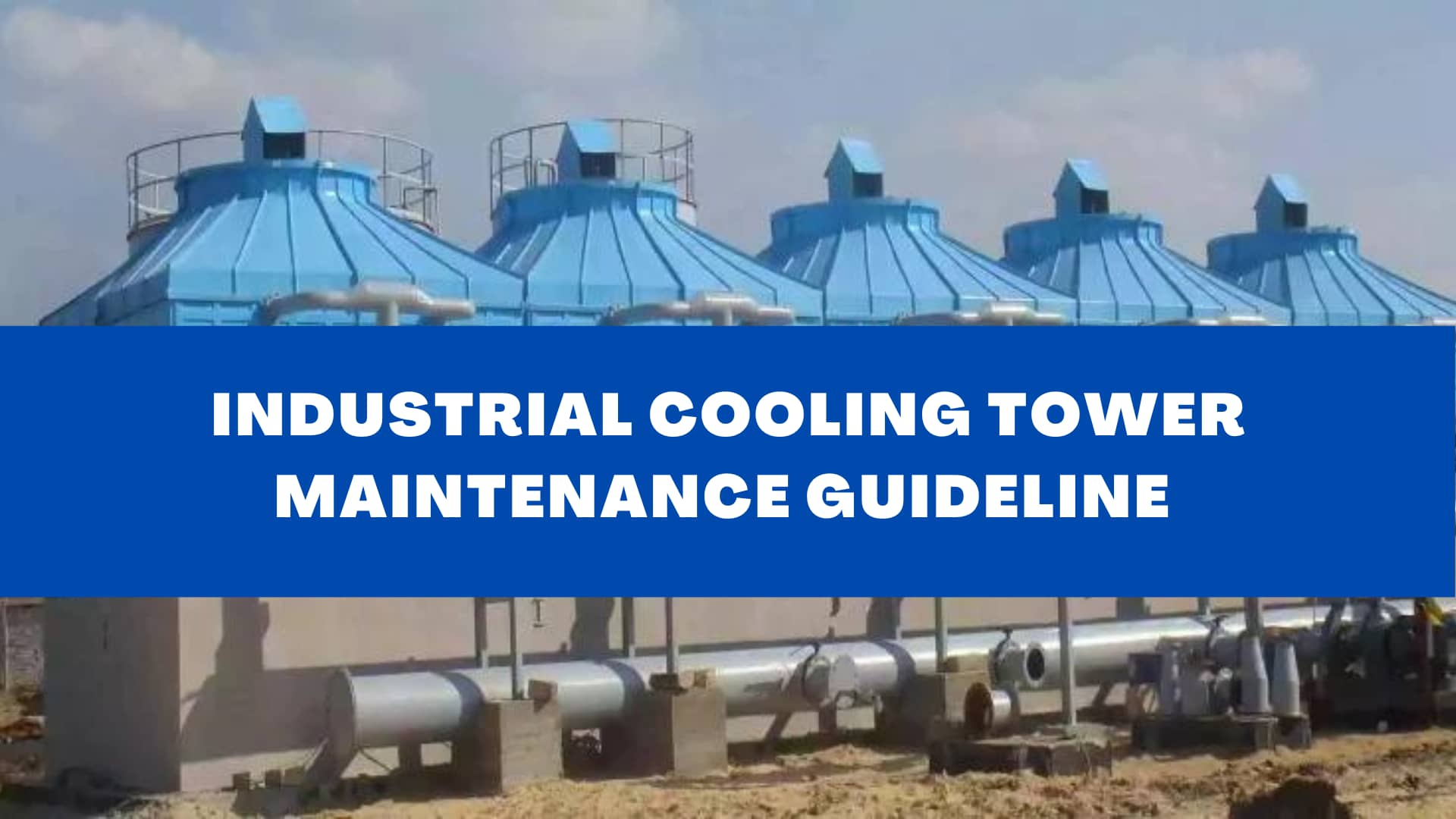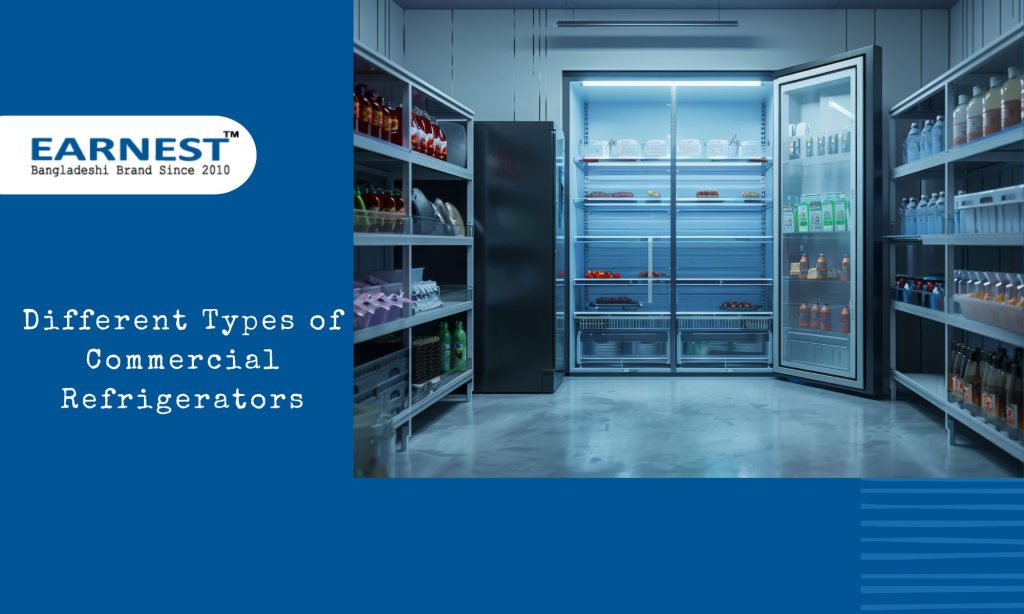Cooling towers are an effective way to make sure of a healthy, comfortable and productive working environment. There are many options to look from such as Crossflow Cooling Tower, Square Cooling Tower , Round Cooling Tower and more. Industrial cooling towers require regular maintenance at least once a year. This article aims to provide you with an idea about the maintenance of an industrial cooling tower.
Why Cooling Towers Must be Maintained
The water piping systems connected to cooling towers and condensers usually need to be chemically treated to prevent corrosion. As well as preventing microbes from growing, chemical treatment of surfaces prevents biofilm formation, which can reduce heat transfer, impede flow, and harbor potentially harmful bacteria. Here are few of the reasons why cleaning your industrial cooling tower is essential.
Growth of microorganisms
Your employees and your system can experience a number of problems caused by microbial growth. The mats of bacteria can also harbor microbes that cause diseases. Biofilms, which are physical films filled with bacteria, cause micro-biologically-influenced corrosion. Cross flow cooling towers require comparatively less while the square cooling towers and round cooling towers need more attention. Cleaning an industrial cooling tower can keep your system away from these problems in addition to the ongoing application of a biodispersant.
Also Read: Overall Maintenance Guideline for Industrial Chiller
Decreased water treatment cost
In order to keep the water clean, you will have to perform treatments more frequently if you don’t clean your system regularly. Adding more treatments to your budget will add to maintenance costs, which will decrease your budget. Leaving your system uncleaned will not save you money, but will cost you more in repairing damages, inefficient operation and having to purchase more water treatment. Cleaning the system before you add water treatment will increase its effectiveness in preventing corrosion, bacteria, and scale.
Prevention of scale deposition
Solid minerals can accumulate throughout the system if your system is not cleaned and the water isn’t treated. Water flow is reduced, cooling is hindered, and the system becomes inefficient when scale builds up. This might differ from a kind of industrial cooling tower to the other. Crossflow cooling towers tend to accumulate less while square and round cooling towers tend to accumulate more scales build ups.
How to Maintain Your Cooling Tower
In the process of cleaning, microbes and scale from the cooling tower are removed from it so that it can be used. In fact, the deposits in the tower may be the cause of your issue if you follow a cooling tower troubleshooting list and find debris, scale, or corrosion there. So lets look into the steps of getting rid of them.
1. Turn off the Fans
Keeping the cooling tower fans powered down is essential for your safety and the safety of those helping clean it. These fans move extremely fast and can cause significant injury or death.
2. Inspect Cooling Tower
Make sure to inspect your cooling tower and identify any areas that need attention. Make sure both your fill media and hot water basin are free of fouling and sludge.
3. Wear Safety Gears
Cooling towers allow bacteria like Legionella to grow from heat and moisture. Protective equipment must be worn to prevent any bacterial growth. By doing so, you will prevent yourself from getting sick.
4. Spray Cooling Tower
In addition to cleaning, mold-killing products should be used on cooling tower surfaces and water. Workplace safety is ensured by controlling the workspace.
5. Chlorinate
Legionella and other bacterial growth can be prevented with various types of chemical disinfection. A disinfecting solution must contain 50 mg/L of free residual chlorine (FRC) to effectively keep bacteria at bay. The CDC offers helpful tips for achieving this level.
- NaOCl with 3%-5% Chlorine: 10.5lbs/1000 gallon of water
- Calcium Hypochloride (Ca[OCl]): 0.6/1000 gallon of water
- Industrial strenth Sodium Hypochloride (NaOCl) with 13%-15% Chlorine: 3lbs/1000 gallon of water
You should add automatic dishwashing detergent within 15 minutes after adding the disinfectant. Add 10 to 25 pounds automatic dishwashing detergent per 1,000 gallons of water. By doing so, the disinfectants are more evenly dispersed. Drain the system, refill it and disinfect again after letting it stand for a day. Before you scrub the tower components with mechanical cleaning, complete a disinfection process with a final draining.
6. Clean the hot deck
To remove scale deposits, sediments, and bacteria from the hot deck, clean off any orifices and nozzles. Use a hose or brush with water sprayed at low pressure. Before you re-fill the tower with water, replace any damaged or missing nozzles that you find while cleaning. If there are no nozzles, the hot deck flow of water will be reduced and the cooling system’s efficiency will be reduced as well.
7. Clean Fan Housing and Tower Basin
Aerated water does not spread bacteria over the water because the tower basin and fan housing are disinfected. Inhaling aerosolized particles can expose people to bacteria spread through the air. The bacteria in the water can travel downwind when it blows off the tower, spreading Legionella that can potentially infect people with Legionnaire’s Disease or Pontiac Fever. Maintaining a properly disinfected tower is a great way to keep those nearby healthy and improve its effectiveness.
8. Clean Distribution Pans
The distribution panes are all open. If you have sludge, scale, sediment, or biofilm on other parts, clean it off as well. Be sure to repair or replace any damaged or missing parts before moving on.
9. Clean Tower Surfaces and Basin
As well as bacteria that accumulates on the surface of the cooling tower, bacteria can also be deposited by the cooling water or by the atmosphere. Remove any bacteria by cleaning them off. Remove any substances that came into contact with water and disinfect them.
10. Vaccum the Tower Sump
Remove any debris that could not be drained from the tower sump. When you are unable to drain the entire cooling tower, a vacuum can be used to remove debris and sludge from some areas.
11. Dispose of Debris
Clean up any debris that may have accumulated during the process. Check with your local waste water disposal law about any exceptions to draining cooling tower water into a sanitary sewer. During the tower cleaning process, it is also a good idea to check with your municipality about how to dispose of solid debris, such as damaged parts or sludge.
Advantages of Cooling Tower Maintenance
Regardless of the state or country you live in, cooling tower maintenance is usually required. Most state and local governments have created regulations regarding the routine maintenance of industrial cooling towers since they are responsible for significant public health risks including outbreaks of Legionnaires’ disease. Towers should be maintained frequently nevertheless, not just to stay legal but also to enhance their functionality. Over time, this maintenance provides a variety of advantages, including cost savings, fewer repairs, and increased longevity.
Some of the ways cleaning cooling towers help us are:
- Develops equipment lifespan
- Decreases environmental and health hazards
- Financial benefit
For the hygiene and safety of the industry cooling tower must be maintained on a regular basis. The health of employees along with everyone else involved is heavily influenced by this factor. It’s best clean your industrial cooling tower twice a year. One can come up with a bi-annual cleaning schedule.






